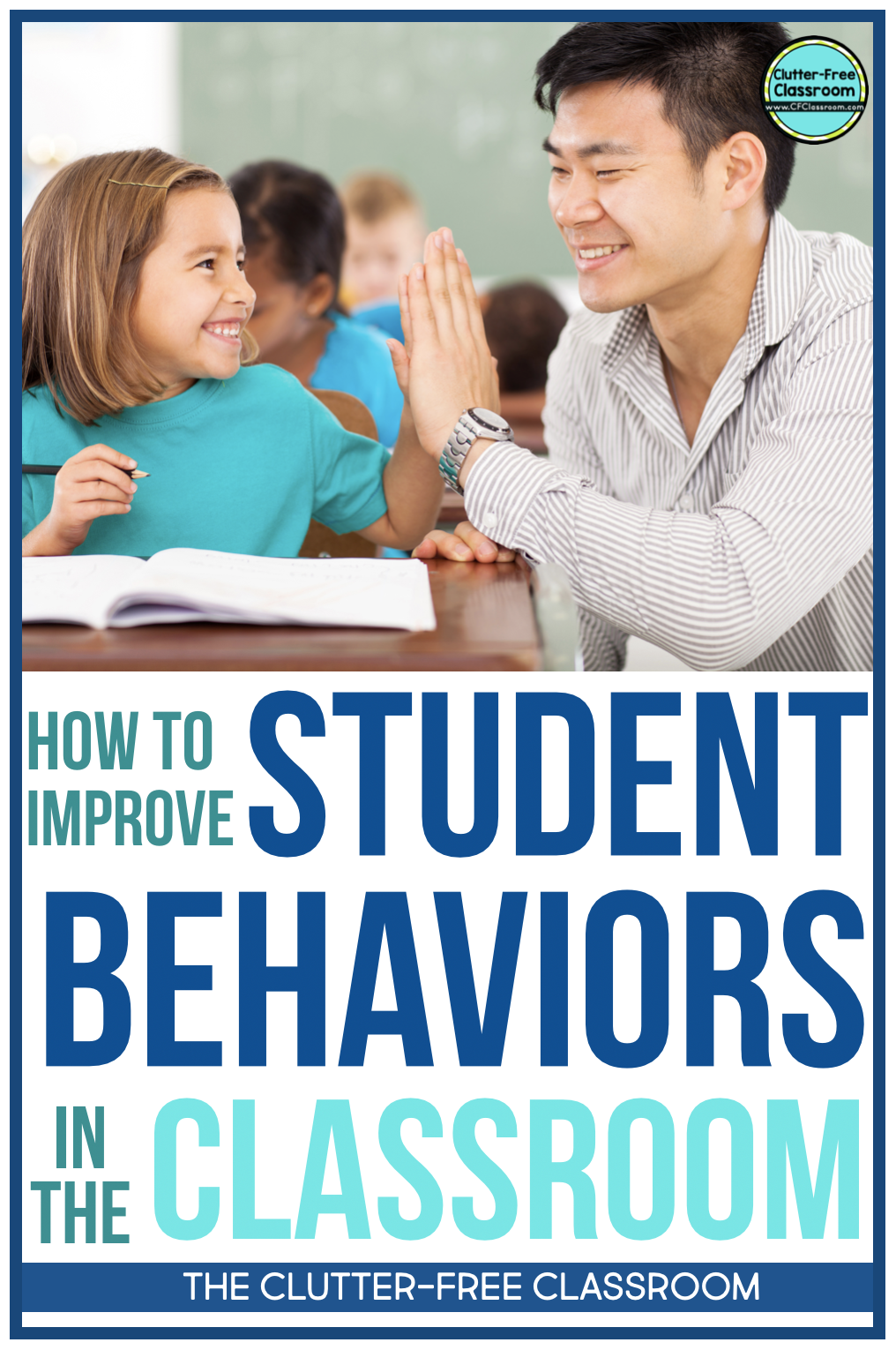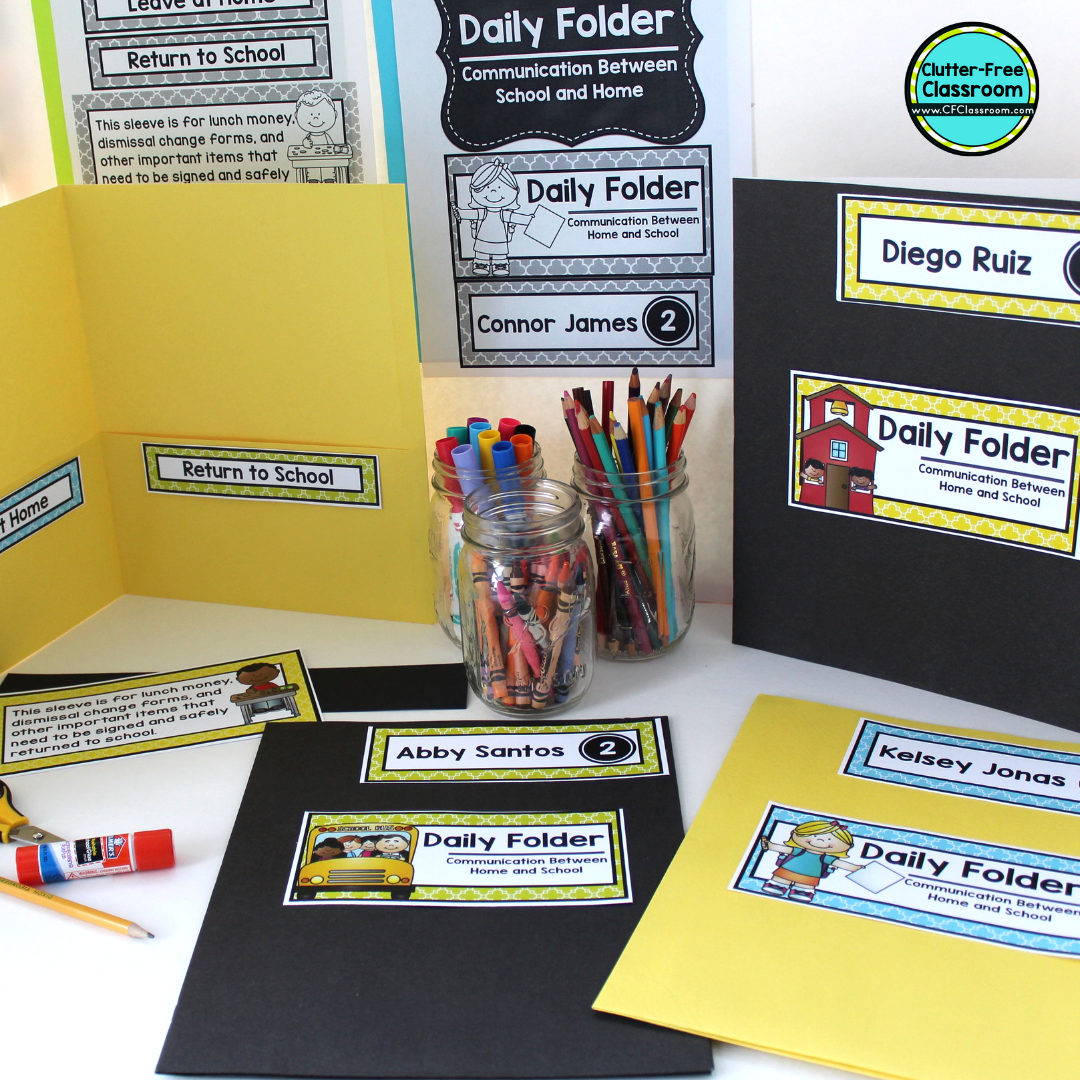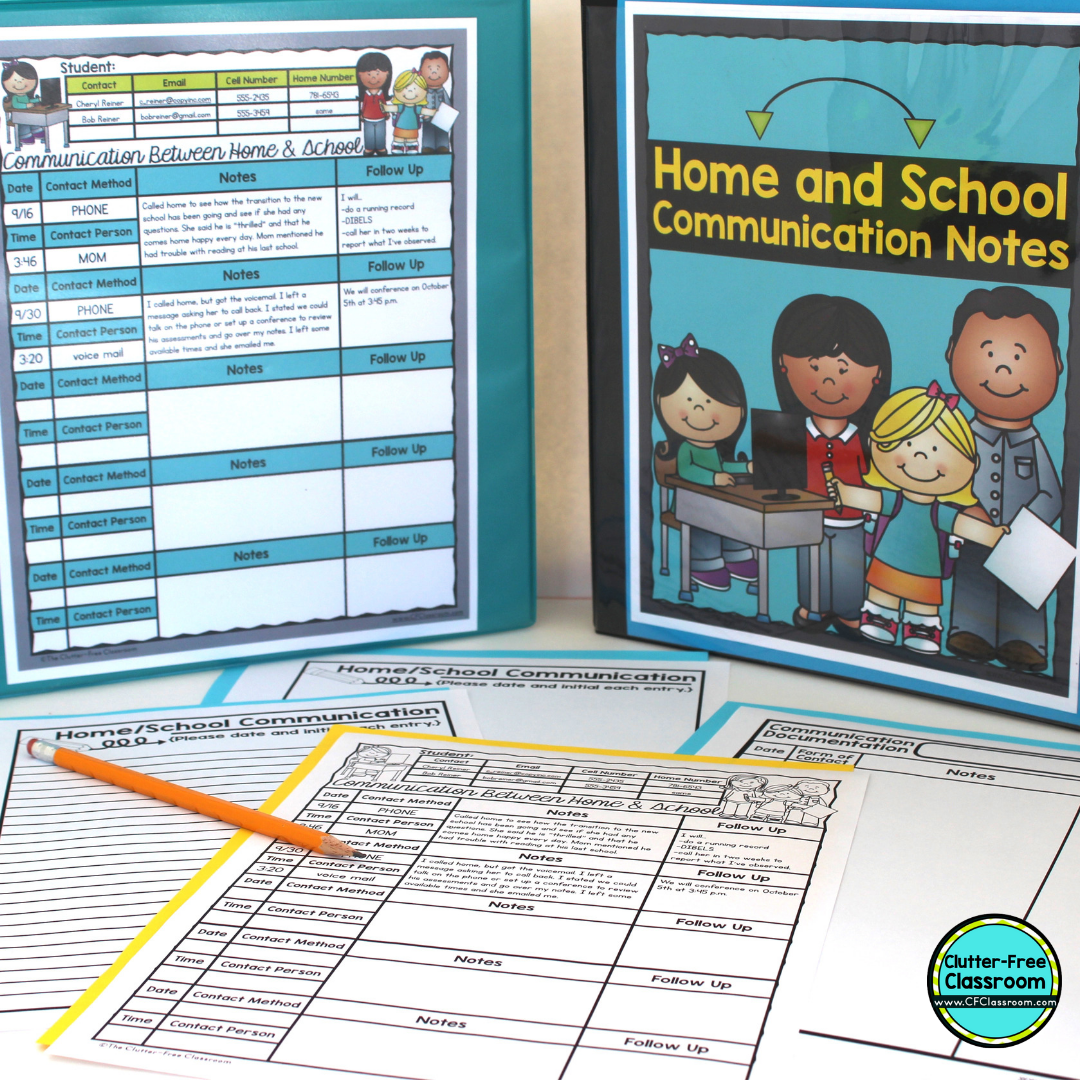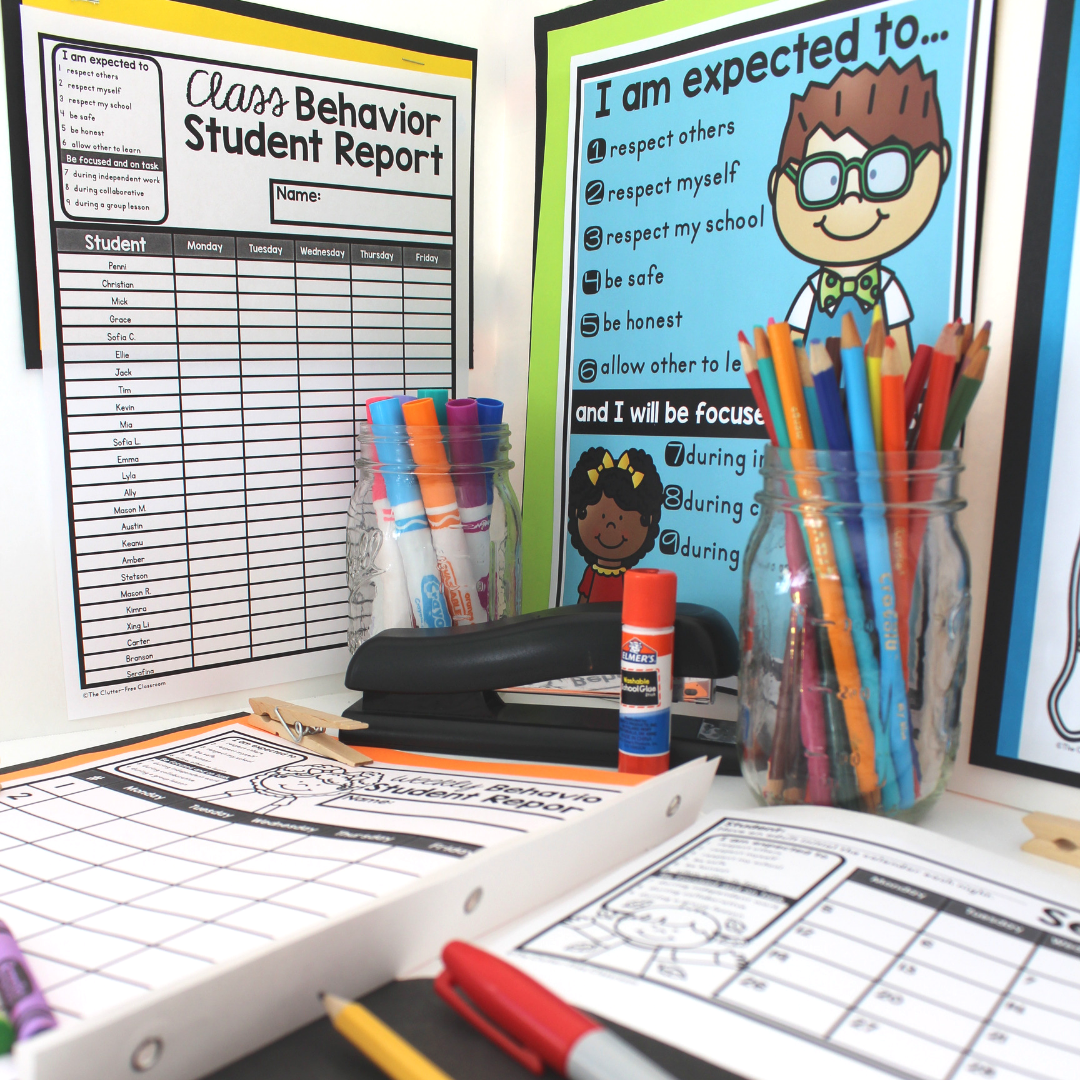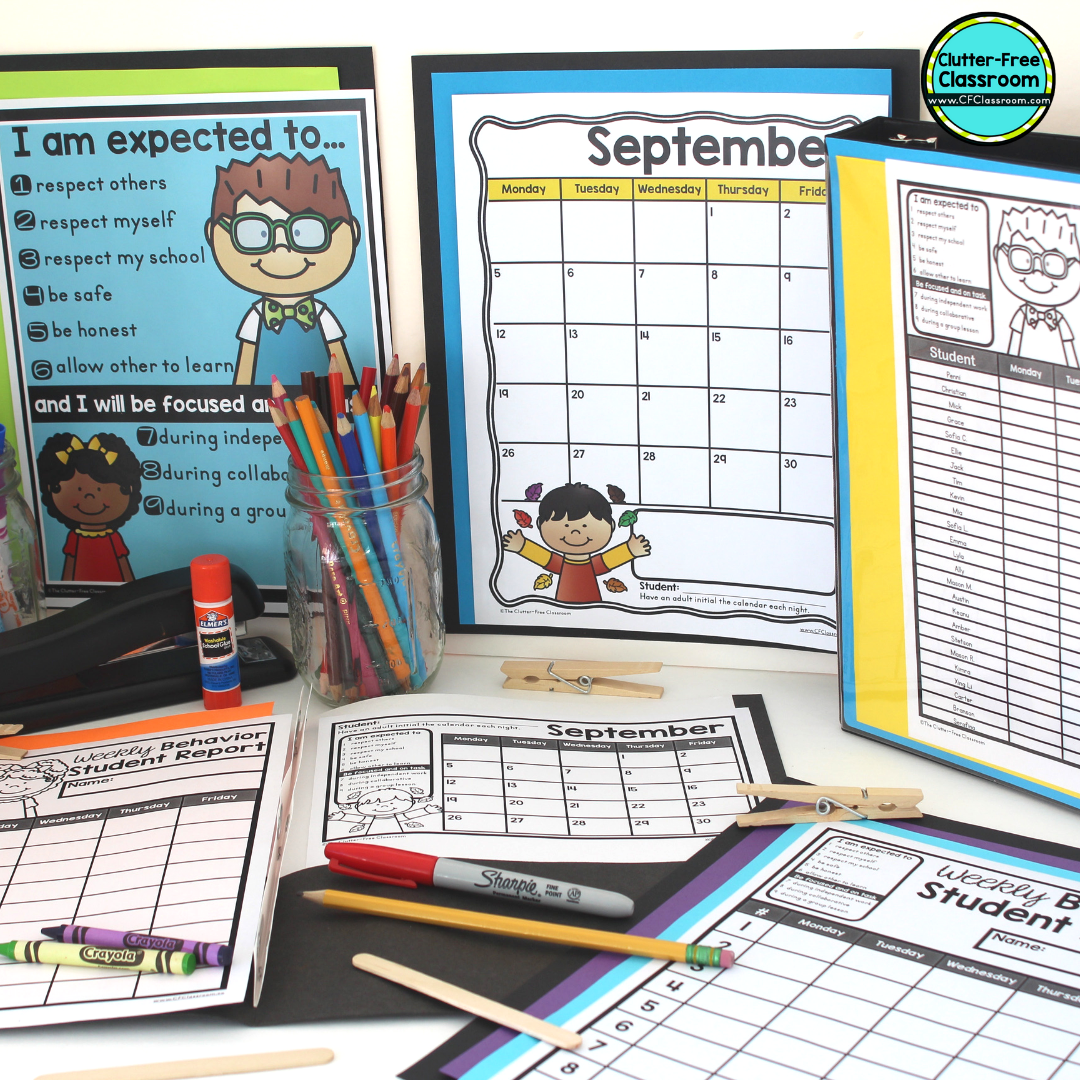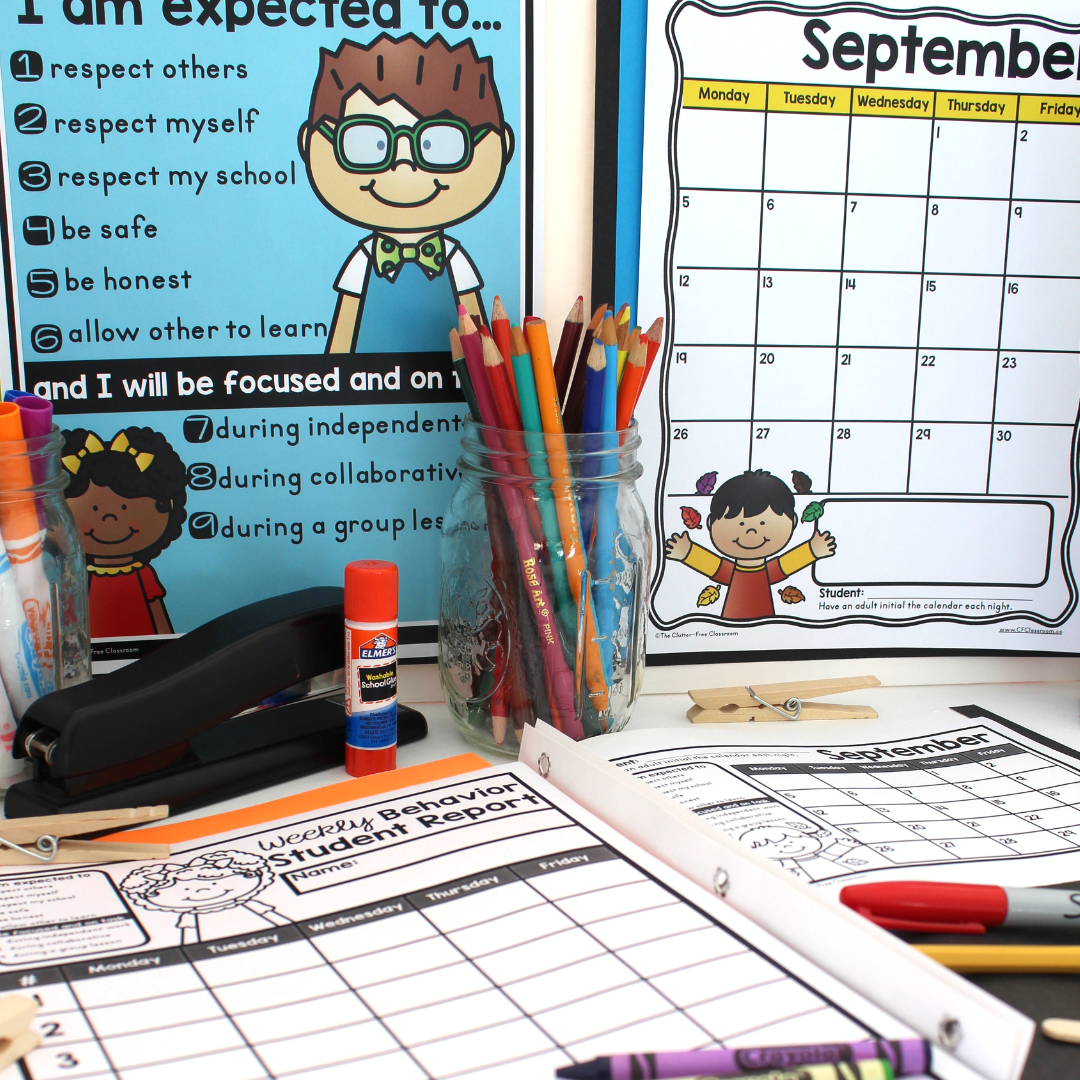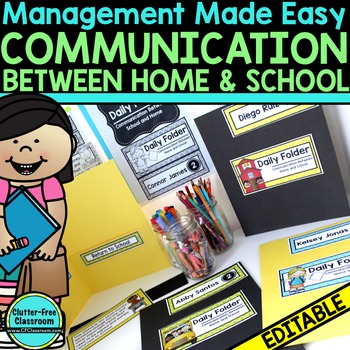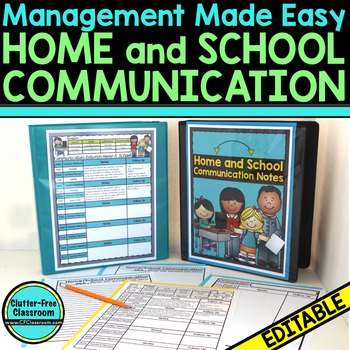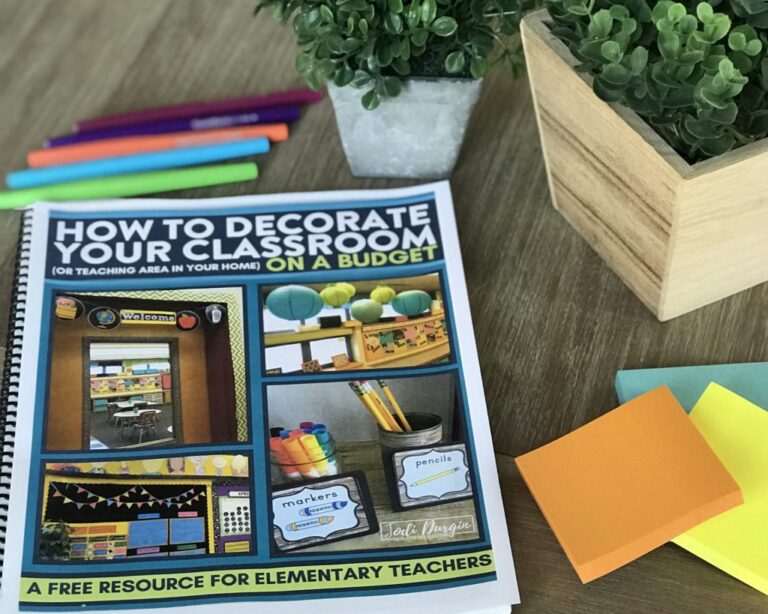When you have a classroom with a handful of students who exhibit behaviors consistently, it can be very challenging juggling modifying, documenting, and communicating the behavior. At the same time, you are working hard to meet the needs of all your learners across disciplines. It can be exhausting! This blog post will help alleviate the heavy load so you can get back to teaching. Read below to learn more!
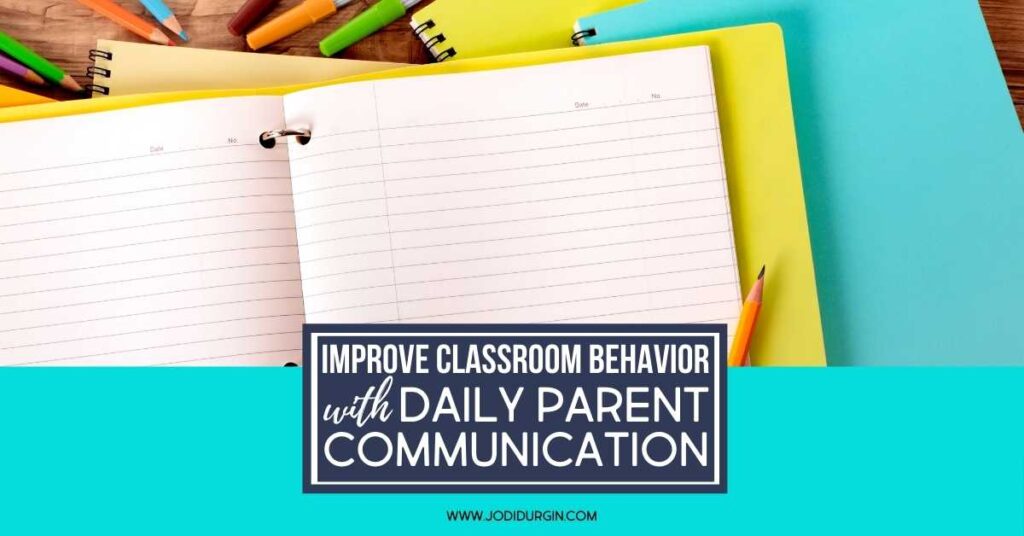
5 Ways to Improve Student Behavior
Below are 5 ways to improve student behavior in the classroom.
1. Maintain Consistent Expectations
Set clear expectations so that students not only know what is expected of them, but also the consequences for not aligning themselves with those expectations.
2. Hold Students Accountable
Address students’ undesired behavior directly and quickly so that they can modify the behavior accordingly. We definitely do not want undesirable habits to form.
3. Communicate with Parents
By having open communication between the school and parents, the student will view the parents and school professionals as a team working to help him or her meet the expectations. The student will not be able to play one against the other in this situation. One of my favorite tools for communicating with families is a daily communication folder. You can stick a student behavior log directly inside of it. Be sure to also document all communication you have with your students’ families using a parent communication documentation system.
4. Collaborate with the Child’s Other Teachers
Make sure all of the adults who work with the student are on the same page. This includes the paraprofessional who may work with them, as well as the art teacher, speech pathologist, and special education case manager. If the student has a behavior chart, then they must bring it with them throughout the school day.
5. Utilize Intentional Seating Arrangements
Whether the student is on the rug or at their desk, surround this student with peers who can serve as role models. These role models are peers who are independent and mature learners who consistently make good choices throughout the school day.
5 Ways to Communicate Student Behavior to Parents
Below are 5 ways to communicate student behavior to parents.
1. Note in Folder
Jot down a quick note to families about positive behavior and stick it in their daily communication folder that goes home with them each day. Even though this is an informal communication, be sure to document it in your parent communication documentation system.
2. Email
Send families a quick email at the end of the day sharing positive behavior or a minor behavior. In the email, invite them to give you a call or send you an email if they have any questions. Even though this is an electronic communication, be sure to document all communication using a parent communication documentation system.
3. Behavior Log
Use a daily behavior log with numbers that directly relate to your expectations. Each student has a monthly calendar in his or her daily communication folder. It needs to be located in a space that is easy to access and easy for parents to see.
4. Notebook
Use a composition notebook to jot down a quick overview of the student’s day. You can also include some sort of scale measuring how the student did with their behavior goal that day (smiley faces, numbers, etc.). A parent/guardian will sign the bottom of each page and send it back to school the following day.
5. Phone Call
When a student exhibits a significant or concerning behavior, a school professional must call home. Refer to your building’s policy’s about who calls home during specific instances. Be sure to document it in your parent communication documentation system even if you are not the one who calls home.
How to Implement a Behavior Log
Read below for instructions about how to implement a student behavior log in your classroom.
1. Download the Behavior Log Template
Download the behavior log resource from my teacher store.
What’s Included
- Expectations Posters
- Numbered Class Logs
- Student Name Class Logs
- Individual Student Logs
- 12 Monthly Calendars
Why Teacher Love It
Teachers love this system because it provides them with data, which allows them to analyze specific students. This behavior system facilitates the teacher pulling students aside, having quiet and private discussions, and working with them to set behavior goals. Finally, it provides parents with a record of the day so they can quickly and easily how the student’s day went.
2. Print the Student Behavior Log
Print the behavior log for each of the students in your classroom who needs it.
3. Introduce the Student Behavior Log
Privately and quietly introduce the behavior log to the student. Communicate with the students’ families about what it is and how it will be used.
4. Use the Student Behavior Log
If a child is not “meeting a classroom expectation,” quietly address it by verbally reminding him or her of the expectation that he or she is not following. For example, “You are expected to be on task during independent work time.” Then record the #7 on my whole-class chart.
If the behavior continues, say, “I reminded you that the expectation is to be on task during independent work. Let’s add it to your calendar as a goal to work on.” Then circle the #7 on the chart which signifies that you will be recording it on his or her calendar.
If the same behavior continues throughout the day, add tally marks next to the number. This shows the parent what the child’s day looked like. In the event that a child exhibits repeated behaviors or demonstrates a behavior that is dangerous, destructive or considered to be “bully-like,” they complete a goal sheet. The goal sheet communicates more about the incident to the family and most importantly it is in the child’s words. This helps to eliminate the phone calls and emails that say “I want to hear his side of the story” or “__ says she didn’t do anything wrong.” It also helps to remind the child that we must all take ownership for our actions, but that we can all make positive choices.
Explain that since these are “expectations,” we don’t need to write on the calendar if they are doing what is expected. Don’t tie in extrinsic rewards because it is important for them to adhere to your established guidelines, not to earn a prize, but because that is what is expected of them as members of a learning community.
In closing, we hope these tips and information about behavior logs for students were helpful! If they were, then you may also be interested in these posts:
- How to Improve Classroom Behavior Using Clip Charts
- Ideas for Managing Student Behavior
- Attention Getters for Elementary Teachers
